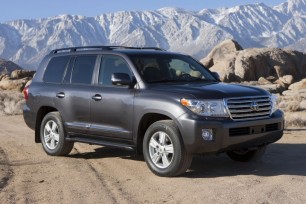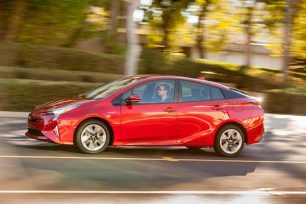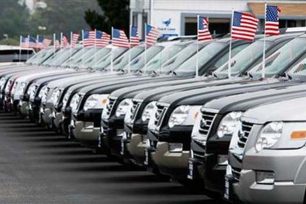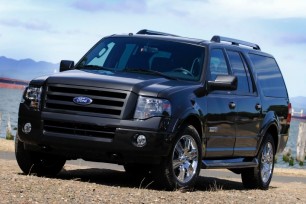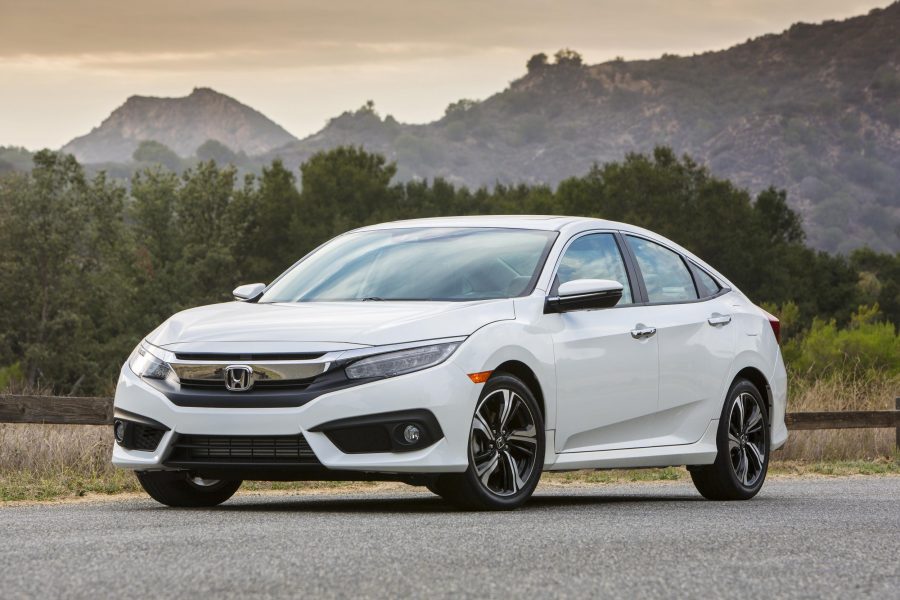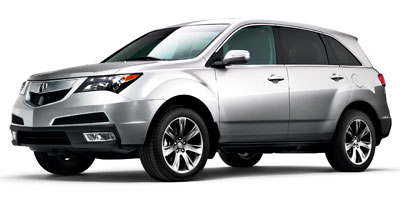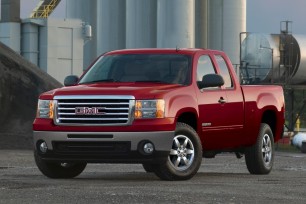We all know that tires are round, rubber, and need to be replaced now and then. Most of us know that they come in several different sizes and may even know what all the  numbers and letters in that size mean. But do those different sizes really make a difference as to how your vehicle drives?
numbers and letters in that size mean. But do those different sizes really make a difference as to how your vehicle drives?
You bet they do.
Your tires are the only things touching the ground when your vehicle is being driven. How they respond to the road affects how your vehicle will handle. A larger tire is going to have less revolutions per minute which will cause it to have better handling in inclement weather. The slower your vehicle goes in snow and rain, the better it handles. That’s directly related to your tires. The slower they’re turning, the better they can recover from slipping. That doesn’t mean you should overcompensate by going 10-20 mph faster in treacherous weather, it simply means that should you need to brake quickly or hit a patch of icy slush, the larger tire is going to regain its composure and grip on the road quicker than a smaller one.
In order to see where the differences have an effect, let’s start by taking a look at the tire diameter. You’ve probably seen a spec sheet for a vehicle that stated it comes with the option of a larger size tire. Overall, this really does two things for you:
1.) It improves your vehicle’s stability and traction.
Typically, the larger the tire diameter, the wider the tire as well. This allows more of the surface of the tire to be in contact with the road when driving. Let’s say you start off with a 15-inch tire and the dealer upgrades you to the 18-inch. Really, that’s just the size of the rim that fits in the middle of the tire. But it does affect the tire’s overall size as well, leaving more rubber on the road in the long run. A tire that requires a larger rim is typically going to have a wider size. Granted, this is not always the case; there are definitely some very large, very thin tires out there. For the most part though, the width will increase with the rim diameter. The number you’ll want to look at is the first one listed in the tire’s size. For example, a 235/75R15 tire is 235mm wide from the highest point of the sidewall to the opposite sidewall. If you move to a 215mm tire, you’re going to have less tire touching the road. The more tire you have touching the road, the more stability you’ll receive from your vehicle.
2.) It costs you more to replace.
They say bigger is better. Unfortunately, bigger is also more expensive. The bigger your tire size, the better your handling, yes, but the more it’s going to hit your pocketbook when replacement time comes as well. It’s a tradeoff you’ll have to be willing to make if you’re looking for the best available traction and control.
One of the main things to remember no matter what size you choose, is always replace a tire with the same size tire. A different size tire will not only throw off your speedometer, but could also do serious damage to antilock brake systems and stability system calibrations. Your vehicle’s computer is set to the tire size it came with; hence, changing that size will only confuse the computer. Brand name of the tire doesn’t really matter as long as you stick with the same brand all the way around. Mixing and matching is never a good idea because every tire is going to have different types of tread and traction. Changing that tread could leave you more vulnerable to slippage and spinouts as one may grip better than another.
In truth, bigger is better when it comes to tires. More tire touching the road means more control for you. Many people also believe that tires which require a larger rim size are more aesthetically pleasing to the eye. Either way, upgrading to a larger size will only do good things for your driving experience.





































